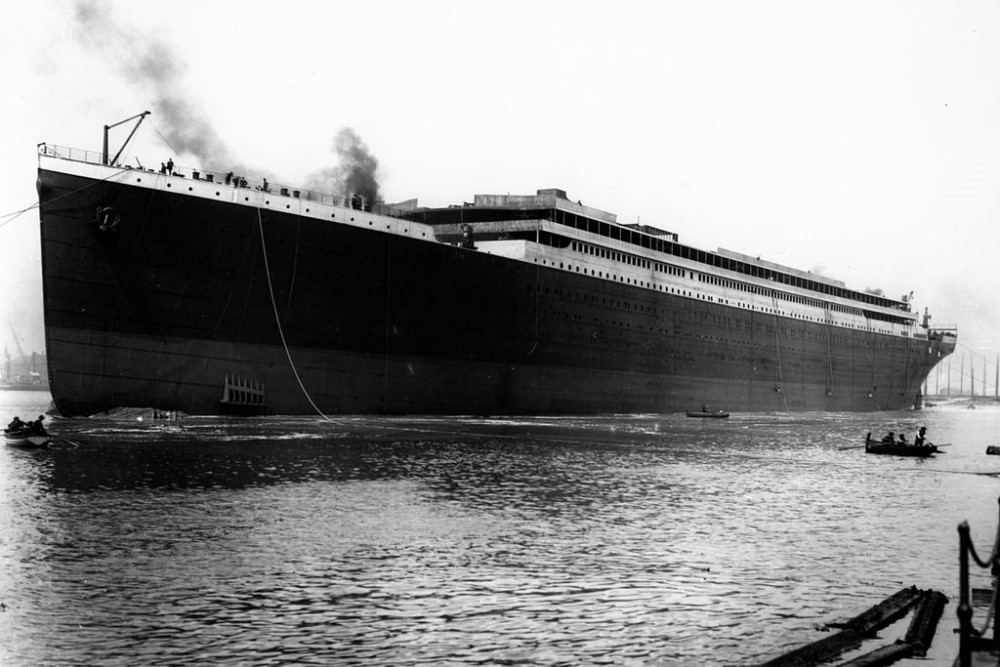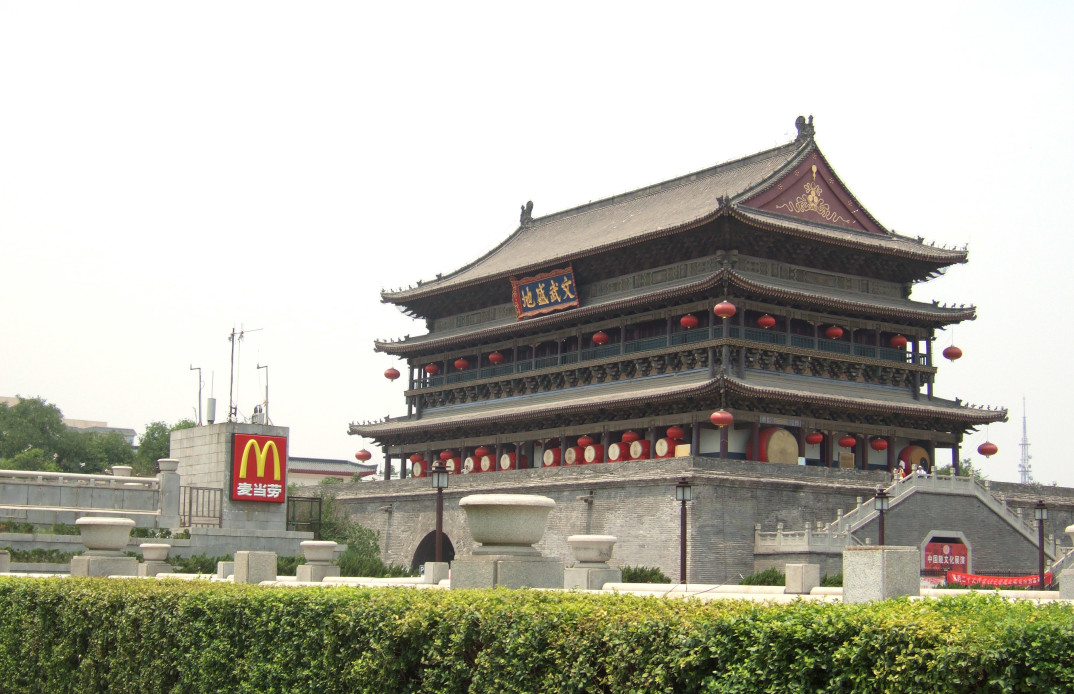In the early morning hours of April 15th, 1912, the RMS Titanic, the “unsinkable” ship hit an iceberg and sunk. 1,500 passengers and crewmembers died. After the accident but before the ship sank, Jack Phillips, the chief telegraphist aboard, sent a series of distress calls on the vessel’s state-of-the art Marconi telegraph device. By these means, the Titanic was able to make contact with the Cunard liner Carpathia. Carpathia was able to save 700 of Titanic’s passengers, bringing them safely to a port in New York four days later. Many of these lives, if not all of them, would have been lost had Titanic not been equipped with the Marconi telegraph device. It has been referred to as the “voice of Titanic” for good reasons.
In 1985, the remains of Titanic were discovered off the coast of Nova Scotia. Sonar from a French research ship indicated the presence of the wreckage, and an unmanned diving sled, the Argo, fitted with cameras, was able to confirm that the vessel was, indeed, Titanic.
The discovery of Titanic ignited debates about who owned what was found there. Titanic was a ship in the fleet of White Star Line, which no longer existed at the time Titanic was found. RMS Titanic Ltd., a company that conducted a series of dives to Titanic to retrieve artifacts, claimed ownership as salvor-in-possession. This means, essentially, that the party or parties that salvaged materials from a site have a right to the materials at that site. A company that insured Titanic fought back against RMS Titanic Ltd., claiming rights in virtue of the fact that it paid out compensation over what was lost. In 2007, RMS Titanic Ltd. was granted ownership. Recently, the company made plans to excavate the Marconi device, the “voice of the Titanic” from the wreckage.
One of the main objections to excavating significant portions of Titanic has to do with respect for the dead, and respect for the families of those that lost their lives when the ship sank. Some survivors of the tragedy have, in years past, made their thoughts about raising the ship well known. Eva Hart was a seven-year-old passenger on Titanic and escaped on a lifeboat to safety. Her father was not so lucky. In a 1985 interview, Eva reflected on the possibility of raising the ship. She said, “…to me, it’s my father’s grave. I don’t ever want to see the Titanic again. I don’t want to see it raised.”
Eva was not alone in expressing these concerns. On the possibility of raising the ship, the Titanic Project Director in 1985, Dr. Robert Ballard, said, “Oh, I think that would be ridiculous. No, absolutely not. In fact, I would like to go and try to ensure that the desecration of this memorial to 1,500 souls is left the way it is.” He continued, “It’s like trying to raise the Arizona at Pearl Harbor. I see absolutely nothing to be gained and I think that a ship like this, being a sailor of many years, you ought to leave it where it is. The souls have now been located and they are fine where they are.”
There have been other expeditions to Titanic during which artifacts have been retrieved. One of the concerns about this particular expedition is that it might dislodge bodies of the deceased from what many view as their graves. In response, RMS Titanic Ltd. has claimed that their surveillance of the area provides them with no reason to believe that there are bodies in that portion of the ship. Indeed, over the course of more than 200 dives, RMS Titanic Ltd. has found no human remains in the ship. In response to this argument, Paul Johnston, maritime history curator with the Smithsonian’s National Museum of American History said, “Fifteen hundred people died in that wreck. You can’t possibly tell me that some human remains aren’t buried deep somewhere where there aren’t any currents.”
A second objection is that the courts were wrong in the first place to grant ownership of Titanic to anyone. The vessel isn’t a fairy tale chest full of treasure abandoned by a pirate, it’s a cultural heritage site, even if no one ever sees it. Countless books and movies have been made about the Titanic tragedy. It speaks deeply to so many human emotions and human values. Even all these years after the fact, many feel a deep sense of grief when they reflect on the magnitude of the loss. The story of Titanic is a human story, for better or for worse. The building of the ship is a story of human triumph and innovative spirit. Those that boarded it expressed an adventurous outlook and an appreciation for human accomplishment. These are attitudes with which we can all relate. On the other hand, it is also a story of hubris, socio-economic injustice, suffering, fear, grief, and inexpressible loss. It seems callous to even refer to what sits on the bottom of the sea at that site as “wreckage.” It is a memorial both to those that were lost and to all of the human sentiments the event evokes when we reflect upon it so long after the fact. In this sense, Titanic, unmolested, belongs to all of humanity.
In response to these concerns, those that advocate for retrieving the Marconi device argue that it is precisely because Titanic belongs to all of humanity that significant portions of the ship should re-surface. Viewing portions of the ship, getting to know the people on it and the way that things functioned is an important part of educating people about what happened. For example, it is one thing, in the abstract, to understand that people died; people can read about that in history books. It is a different experience entirely to see the personal effects of those that were lost — their hairbrushes, their shoes, their wedding rings, their diaries. These kinds of details make events real for people. In particular, viewing the Marconi device will educate people on one significant element of the story — the critical technology that prevented the disaster from taking even more lives.
Bolstering this argument are considerations about democratizing the ability to view artifacts from Titanic. Currently, it is possible for the very wealthy to take expeditions to the actual Titanic site. If you have an extra $125,000 laying around, you too can engage in a bit of tragedy tourism by taking a state-of-the-art submersible 2.5 miles under the ocean to what remains of the ship. Bringing relics like the Marconi device to the surface makes the ability to view these items of historical significance available to all people.
The present location of the Titanic exhibit cuts against the idea that the goal of putting artifacts on display is to affordably educate the population at large in a way that is respectful of the magnitude of the tragedy. The exhibit isn’t at the Smithsonian or at some other well-respected museum that people can view at the price of a voluntary donation. Instead, the exhibit is currently housed at Luxor Casino in Las Vegas, where spectators, after they’ve hit the buffet and had a few drinks, can view the personal effects of the dead. That is, if they haven’t gambled away their last thirty-two dollars, which is the price of admission.


